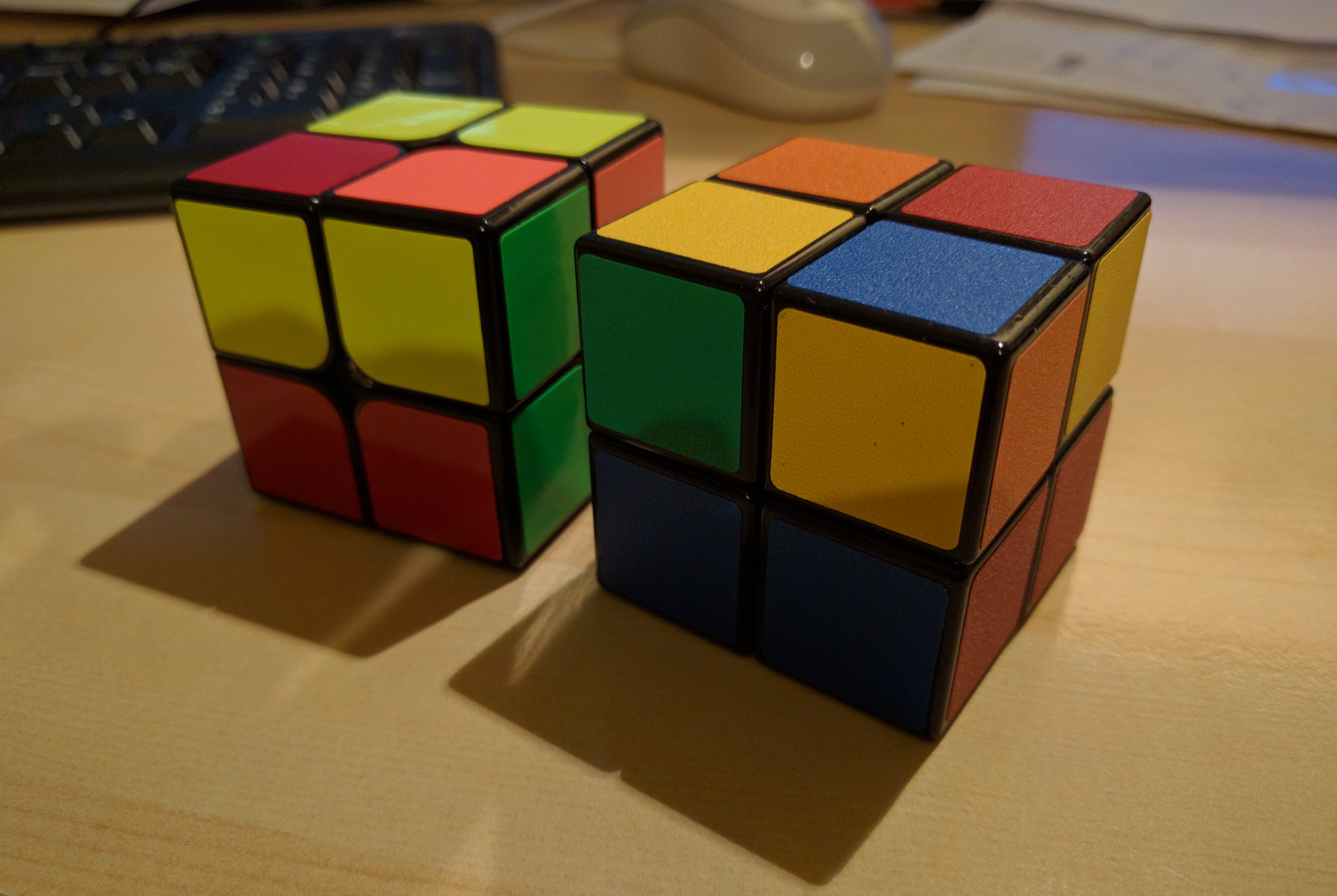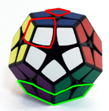
#Permute last layer how to#
( how to add algorithms)Ĭlick on an algorithm (not the camera icon) to watch an animation of it. Note that all of these algorithms are written in the Western notation, where a lowercase letter means a double-layer turn and rotations are denoted by x, y, and z. There may be suggestions on its talk page. They usually don't have as much structure as slightly longer sequences that were found by hand without computer assistance.Corner Permutation of the Last Layer, abbrevaited CPLL, permutes the corners of the last layer without affecting anything else. Combine the 4 corner/edge pairs to simultaneously solve the first and second layers 3. They are optimised for speed and were often found by computer. The edge algorithms are quite short and can be memorized visually. 2-look PLL has 2 steps: Solve the corners (2 algorithms) Solve the edges (4 algorithms) The corner algorithms are long, but very similar to each other. The actual J-perm move sequences that speedsolvers use are generally incomprehensible, like most of their move sequences. Permutation of the Last Layer (PLL) solves the cube after the top face is completed. Middle English permuten, from Old French permuter, from Latin permtre : per. This method was first developed in the early 1980s combining innovations from a number of speed cubers: Cross: David Singmaster.

In particular, you have two 3-cycles, which you already understand how to do by commutation. CFOP (Cross, First 2 Layers, Orient Last Layer, Permute Last Layer) is one of the most commonly used methods in speed solving a 3×3×3 Rubik’s Cube. What is left is then an even permutation which can be done by commutators. Why do I sound slow when saying the algorithms Well because I memorized them a w. See how the color of each sticker of the corner matches the color of the center that sticker is on Now you will have one of the two states below. So this is the final step to solving the Rubik's cube using beginner's PLL. To the right is an example of a corner in the correct place. So to do a J-perm you need to make an odd number of quarter turns, and you can most easily take care of that by doing a single quarter turn of the last layer. Turn the top layer until exactly two of the corners are in their correct place. It needs an odd number of quarter turns to change parity. It is therefore not possible to do a J-perm using commutators only. Unfortunately the effect of a J-perm is an odd permutation on corners and on edges (a single swap is an odd permutation). The tf.layers.permute () function is inherited from layers class and is used to permute the dimensions of the input in a given pattern, Also used to connect RNNs and convnet together. Every quarter turn changes the permutation parity of the corner from even to odd or vice versa (and the same for the edge permutation parity), so a commutator does not change the permutation parities at all. The layers in models are the basic blocks in constructions of models, for every layer perform some computation on input and output to the next layer. Since A and B are both undone in A' and B', a commutator move sequence contains an even number of quarter turns. Anthony Brooks' Permute Last Layer Arranged by Andy Klise Permutations of Edges or Corners Only R2 U R U R' U' R' U' R' U R' Ub - Probability 1/18 R U' R U R U R U' R' U' R2 Ua - Probability 1/18 M' U M2 U M2 U M' U2 M2 Z - Probability 1/36 M2 U M2 U2 M2 U M2 H - Probability 1/72 x R' U R' D2 R U' R' D2 R2 Aa - Probability 1/18 x R2. The technique you describe is commutation, and ABA'B' is called a commutator. So the first algorithm orients all the last layer pieces (makes. The easiest way to complete the last layer is using OCLL / PLL : This orients the last layer corners in one step (OCLL), then permutes the last layer. Choose among them according to your preference. These steps are solved using only one algorithm each. Face the yellow side up, then perform one righty alg, one lefty alg, five righty algs, and five lefty algs.


If you have a solved side, face it towards you and if not just pick a side.

By now you will either have three edges swapped or all four. For some positions, there are several algorithms, all doing the same thing. This is the last step for solving your cube. What is left is a 3-cycle of the other corners and a 3-cycle of the other edges. The graphics show the top view of the last unsolved layer (the U side). If you combine this with a further quarter turn of the last layer, then one of those swapped corners and one swapped edge returns to its original position. Corner Permutation of the Last Layer, abbrevaited CPLL, permutes the corners of the last layer without affecting anything else. A J-perm swaps two adjacent corners and two adjacent edges in the last layer.


 0 kommentar(er)
0 kommentar(er)
